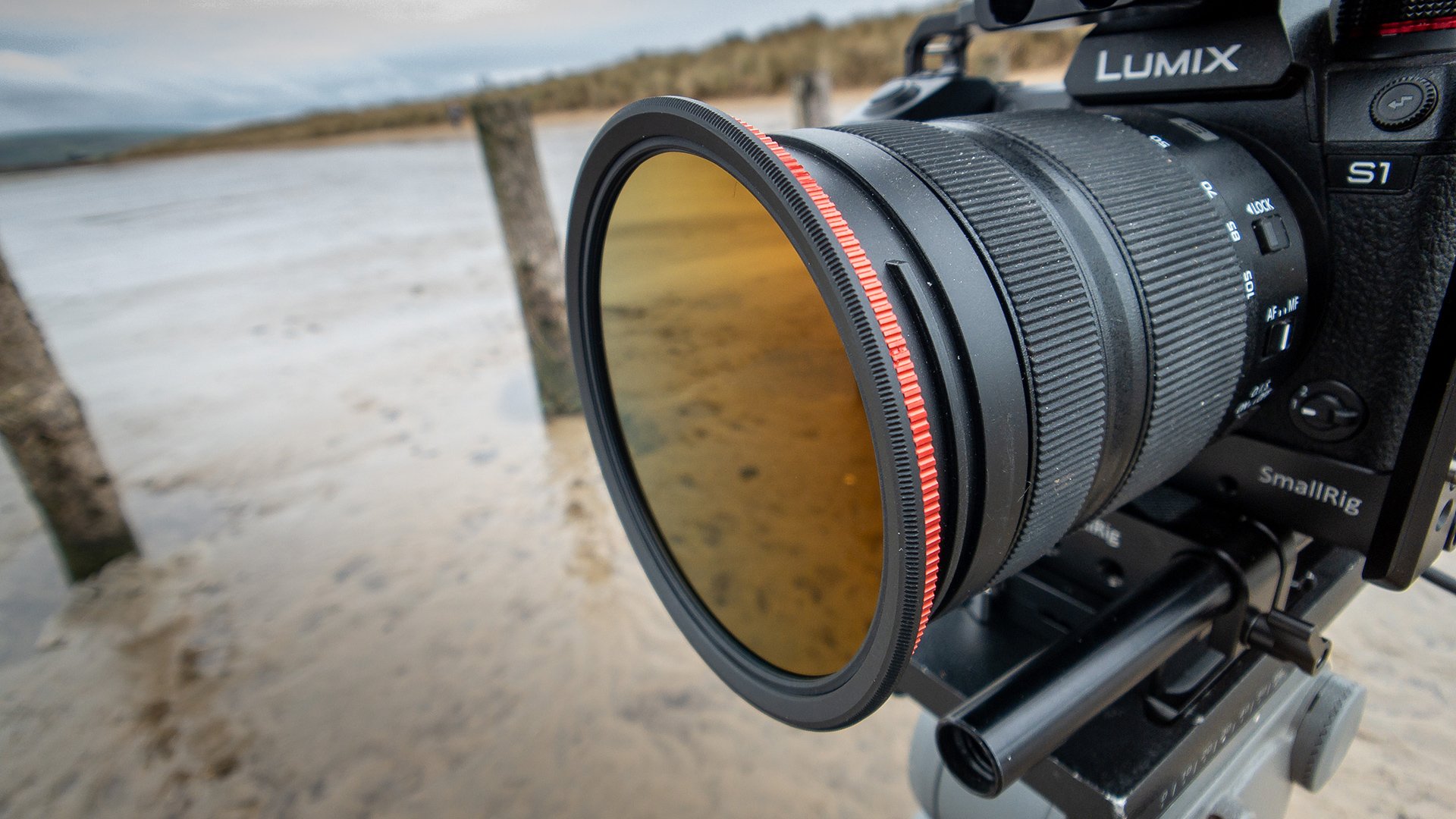
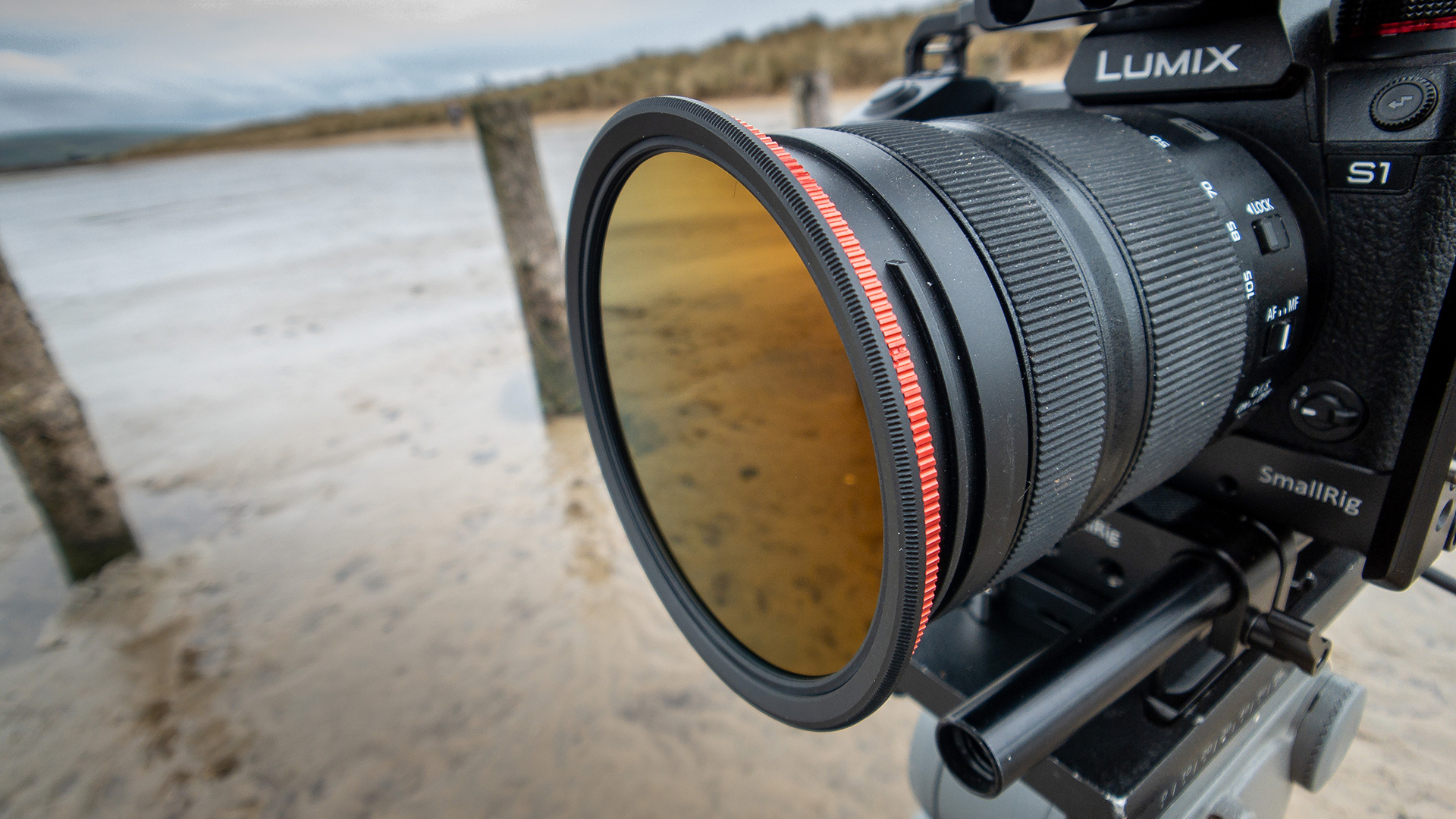
Variable NDs can tend to vary wildly in quality. A new set of variable NDs from Moment are a set of filters that aims to ensure the highest quality at a what turns out to be a very sensible price indeed.
Variable NDs have traditionally had a few problems. The first, and the ugliest, is cross polarisation, which creates ugly patterns in the image. The second is noticeable vignetting. The third is that despite those issues they are often expensive.
Variable ND filters are one of those products that are essential if you use a mirrorless camera on a daily basis. Until camera manufacturers start including a filter wheel, or a version of Sony's utterly brilliant variable electronic ND system, attaching one to the front of you lens will be the only option you have to gain any control over the incoming light.
Essential light control
It is essential to have this control for video, because without it you can end up with one of two problems, or both. For a start if you have no ND control you simply have no creative f-stop control either. Unlike stills we can't just fire up the shutter speed as a secondary resort. If you are filming on a particularly bright day you could easily reach the point where, especially with a very light sensitive sensor, you run out of f-stop room resulting in both an incredibly deep depth of field and over exposed footage. In addition you could also introduce diffraction issues that soften the image.
Variable NDs are almost exclusively an invention of the VDSLR/mirrorless age. They fix a problem that camera manufacturers have not yet fixed for us, and as such they could be classed as a bit of a band aid accessory. Particularly in their traditional form, where rotating the filter too much can result in an ugly cross hatch pattern appearing. But things have come a long way since the bad old days.
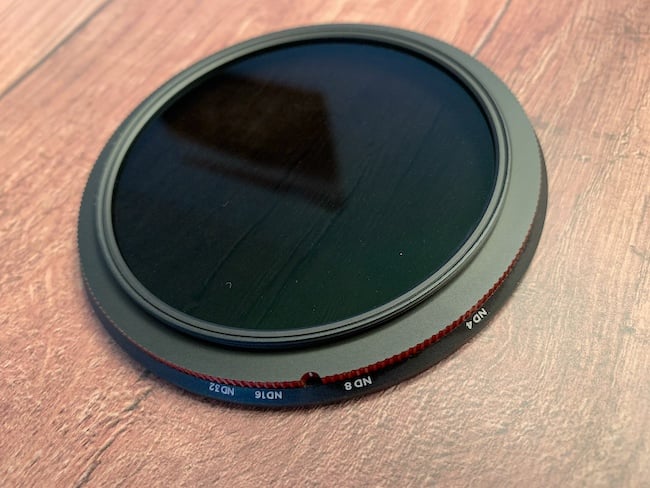
Enter Moment
I reviewed the Peter McKinnon series VariNDs from PolarPro recently, but now it's the turn of Moment, with its own take on the idea.
There are in fact some similarities between the two makes. The principal one being that just like Polar Pro, the Moment filters are available in two grades. A 2-5 stop and 6-9 stop variants. The reason for this is simple. It allows the manufacturer to add a hard stop to the filter so that you don't end up with the ugly cross polarisation effects I mentioned earlier.
The Moment filters are constructed from Schott B270 Pro Cinema Glass to ensure high quality optics across the board, while they have also been designed so that you can use your existing clip on lens cap with them.
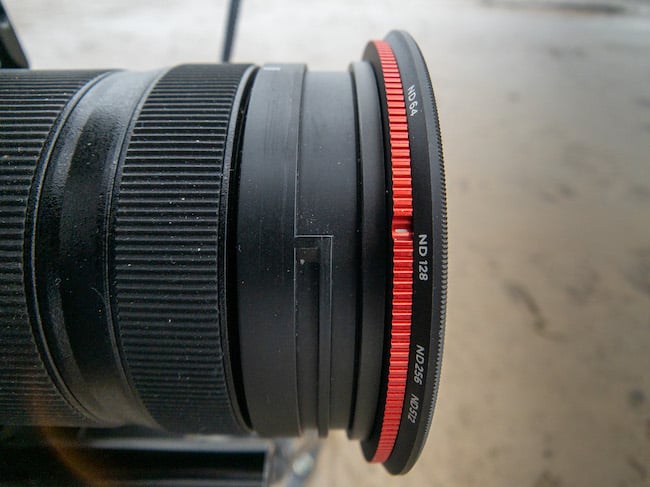
The markings on the Moment Variable ND are very clear.
Build quality and first impressions
The Moment variable ND filters come in some neatly designed circular metal cases. Unscrew one end and you can access the filter. I would suggest being careful with this because while there is some protective microfibre cloth material in there, this could easily drop out, and it's useful for helping to get the filter out of the case without getting fingerprints onto it.
The filter itself is made from aerospace grade aluminium and looks and feels very well made. The rotation action is also very smooth.
The amount of ND you are dialling in is precisely marked, along with a prominent notch that allows it to be operated by feel. The red ring is a nice visual touch.
The design means that the rotational stage flares outwards. This feature actually has a practical purpose in that it gives your fingers something more prominent to grip onto, as well as minimising the chance that your fingers will slip and cause finger marks during operation on the optical element.
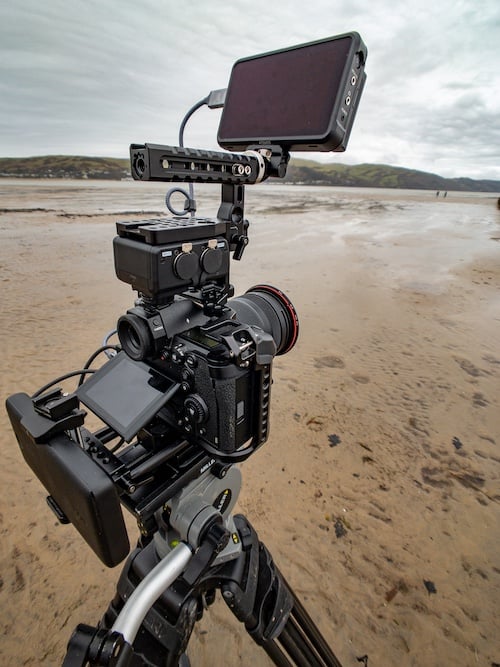
An overcast day, but ND still required.
In use
The Moment Variable ND filters are, obviously, simple to attach to the camera, simply screwing on to the usual filter thread on your lens. I did find that taking them out of their respective cases was a little fiddly, simply because you need to be ultra careful not to get your fingers on them.
Usually on RedShark I don't like doing direct comparisons between products, instead taking them on their own merits. But I will say that I do really like the PolarPro system when it comes to removing them from storage, where each filter comes with its own tough rubber lens DefenderSlim cap/guard. This means that even the most ham fisted camera operator can quickly remove the filters from their respective boxes and attach them without any chance at all of fingerprints getting on them.
An alternative option to taking the Moment filter out of its case would be to clip your existing lens cap onto it before you take the filter out, but it's still not quite as quick or protective of the filter.
However once the filters have been attached to the lens their operation is smooth, and the results that they give are very good indeed. I noticed no vignetting, and of course because there are hard stops there is no cross polarisation either. I could not spot any colour cast either.
The amount of ND you are dialling in is clear to see from the number markings on the filter ring.
Conclusion
I think it is fair to say that Moment has created one of the highest quality variable NDs on the market. The price is also incredibly good value with the 77mm 2-5 stop costing US $159.99, and the 77mm 6-9 stop priced at the same. This is quite considerably less expensive than its nearest rival. The fact that the Moment filters perform so well means that at this price you can't go wrong with them. They look good, perform well, and the price is right. That's a thumbs up from me.
Tags: Production


Comments